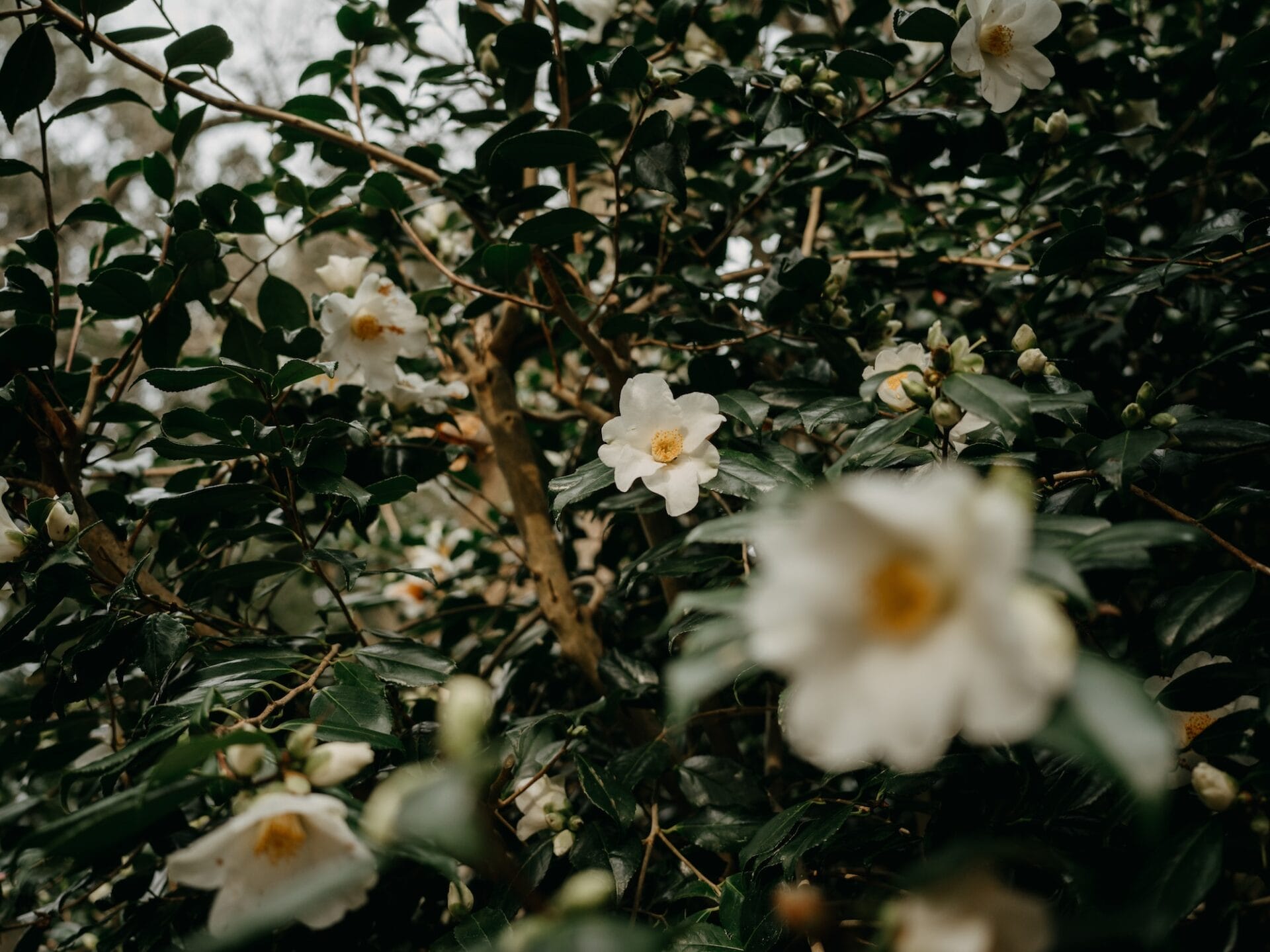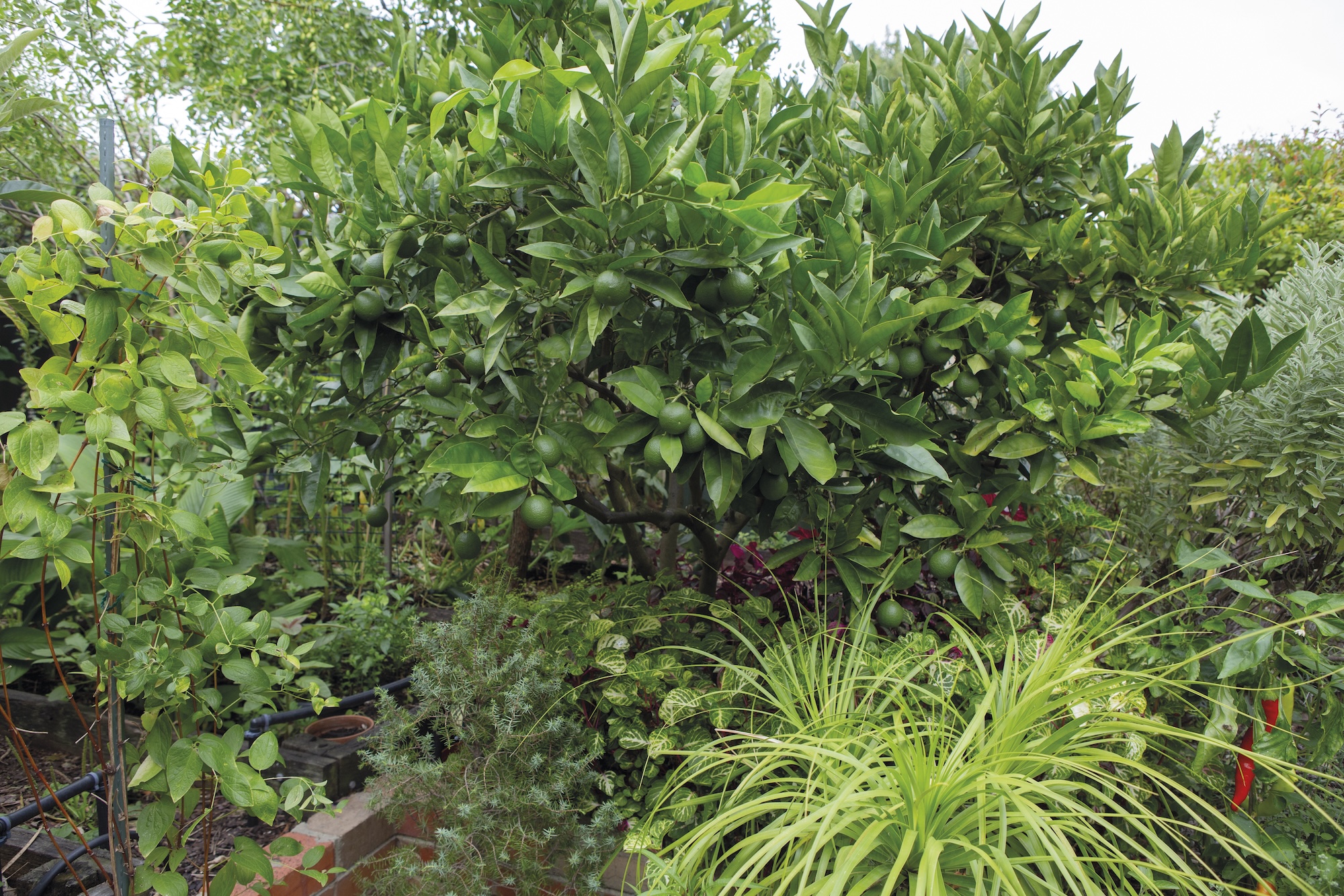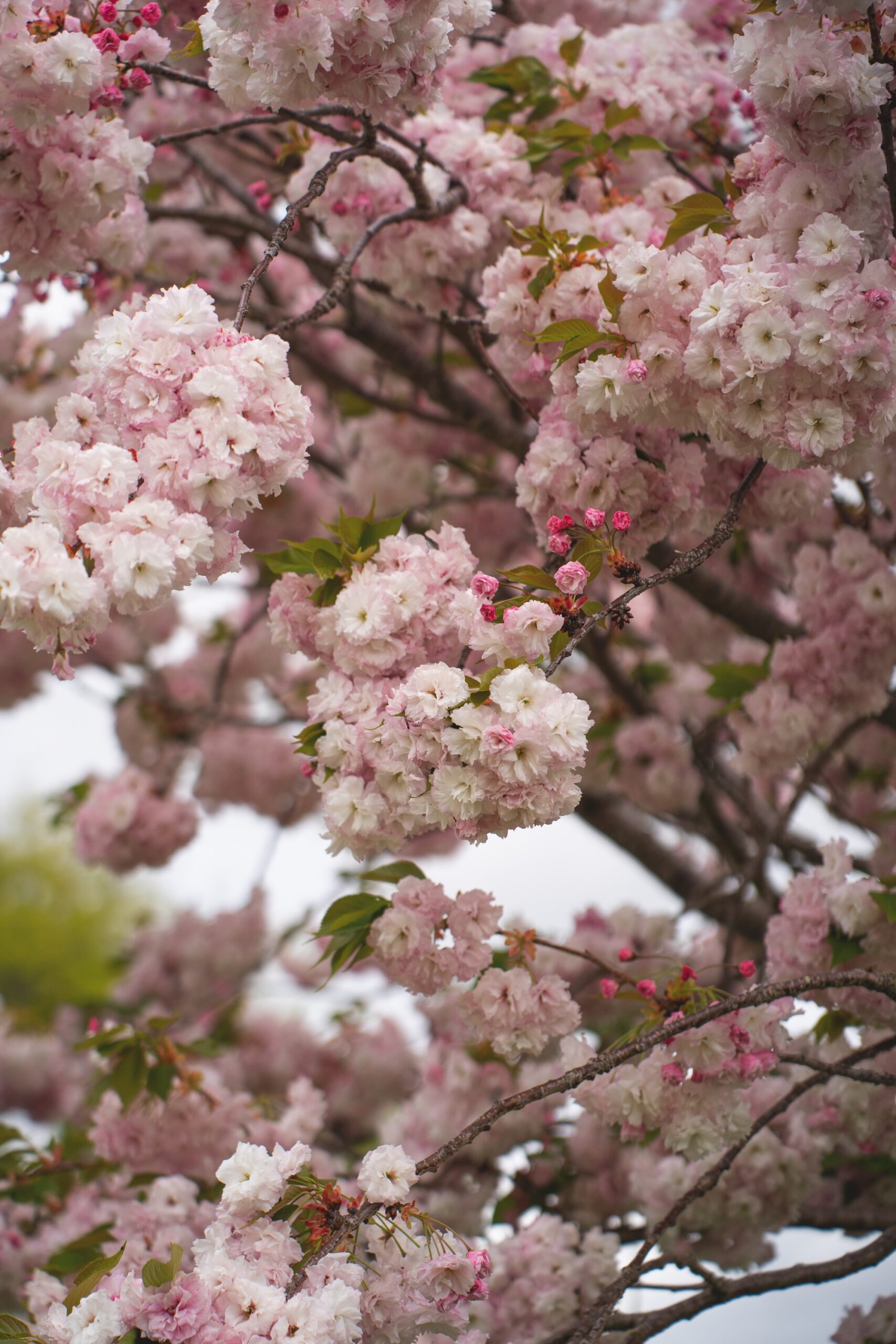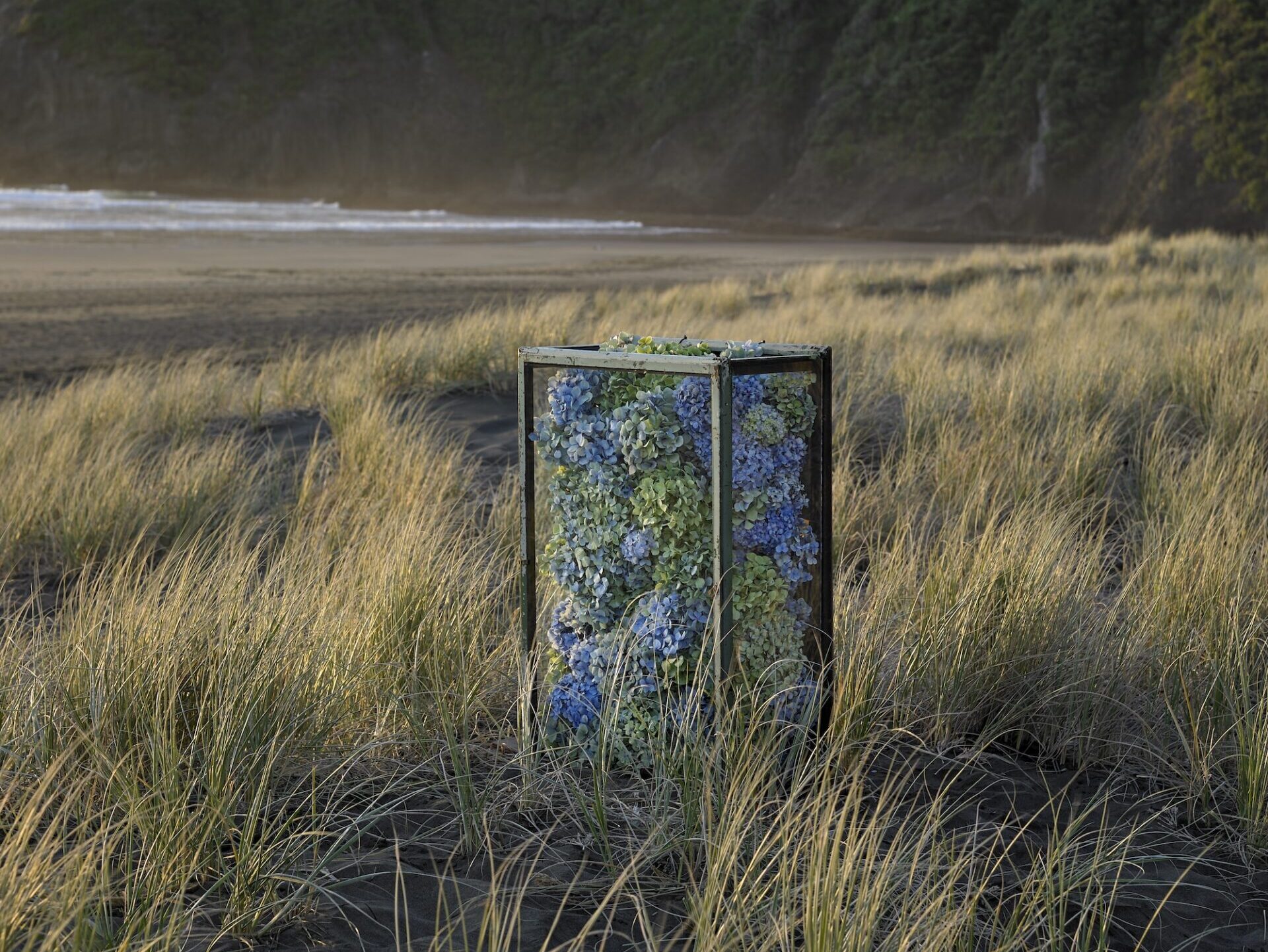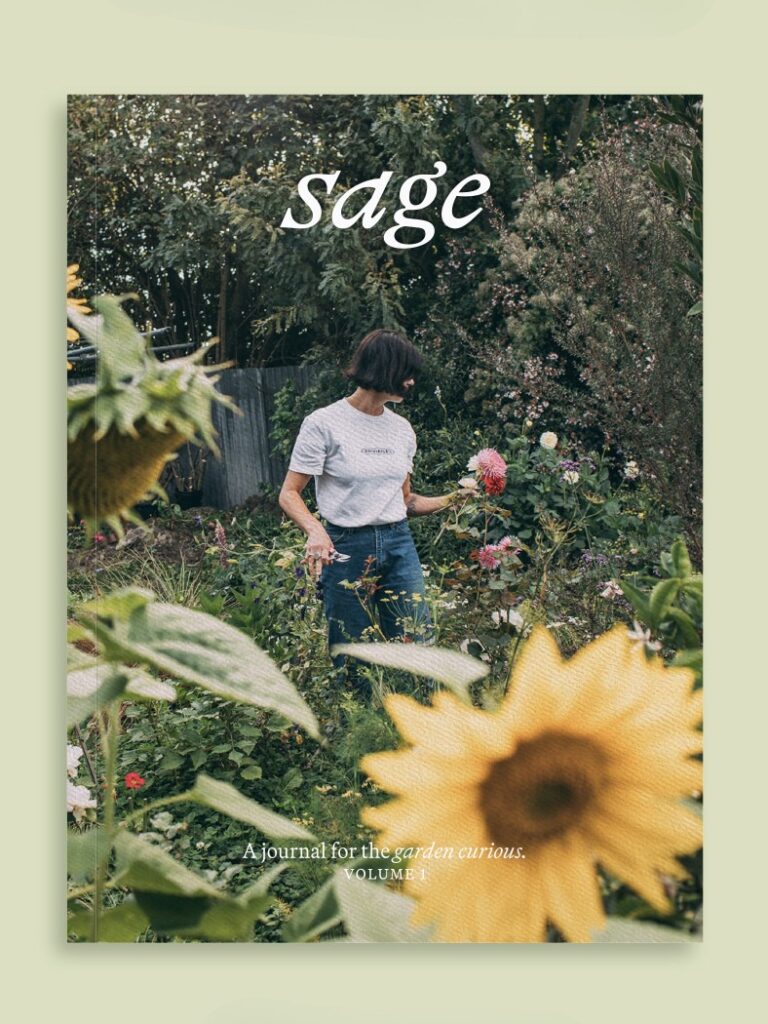We asked some New Zealand based landscape designers to share their favourite plants for winter — here are their top picks for colour, structure & seasonal beauty.
A while ago, we asked some of Aotearoa’s leading landscape designers to share their favourite plants for the winter months.
From structure to colour, fragrance to form — these are the standouts they return to time and again to bring life to the garden through the coldest season.
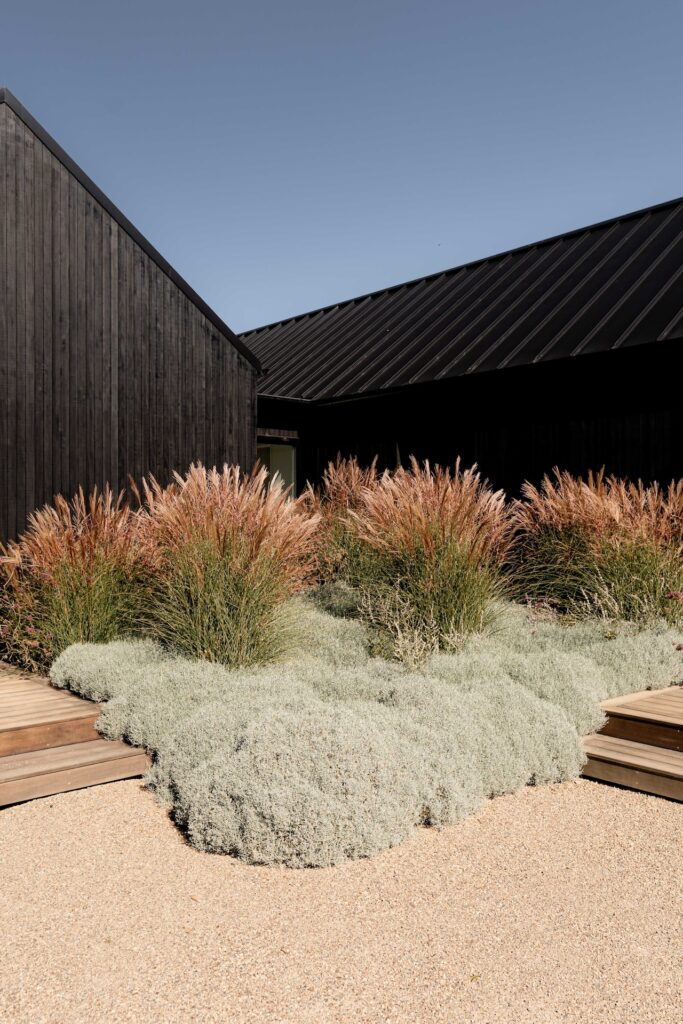
Miscanthus sinesis ‘Morning Light’ in a rural Christchurch garden. (Photo by Mik Hubert)
Miscanthus sinensis ‘Morning Light’
Picked by: Sandi MacRae — MacRae Landscape Design
Miscanthus Sinensis is a perennial ornamental grass that morphs with interest through every season. It’s very tolerant of many conditions, but best suited to a full sun position.
Christchurch-based landscape designer, Sandi MacRae shares her reasons for making this pick:
“One of my winter favourites is Miscanthus sinensis ‘Morning Light’. As well as a feature plant in the garden, it also works well in pots. The soft movement of the foliage throughout the seasons is breathtaking.
Its colours range from muted summer silvery greens to biscuity browns and golds. The autumn flower plumes are beautiful — and they last well cut, making a dramatic indoor display.
I cut my plants back to just above ground level at the end of winter and await the new growth that appears very soon after. It’s a winner for every season!”
Jared Lockhart of Jared Lockhart Design also loves these perennial grasses, saying:
“They look their best in autumn but we tend to leave them until later in winter before cutting them back. They always give presence and height in garden beds.“

Miscanthus grasses in a garden design by Jared Lockhart.
—
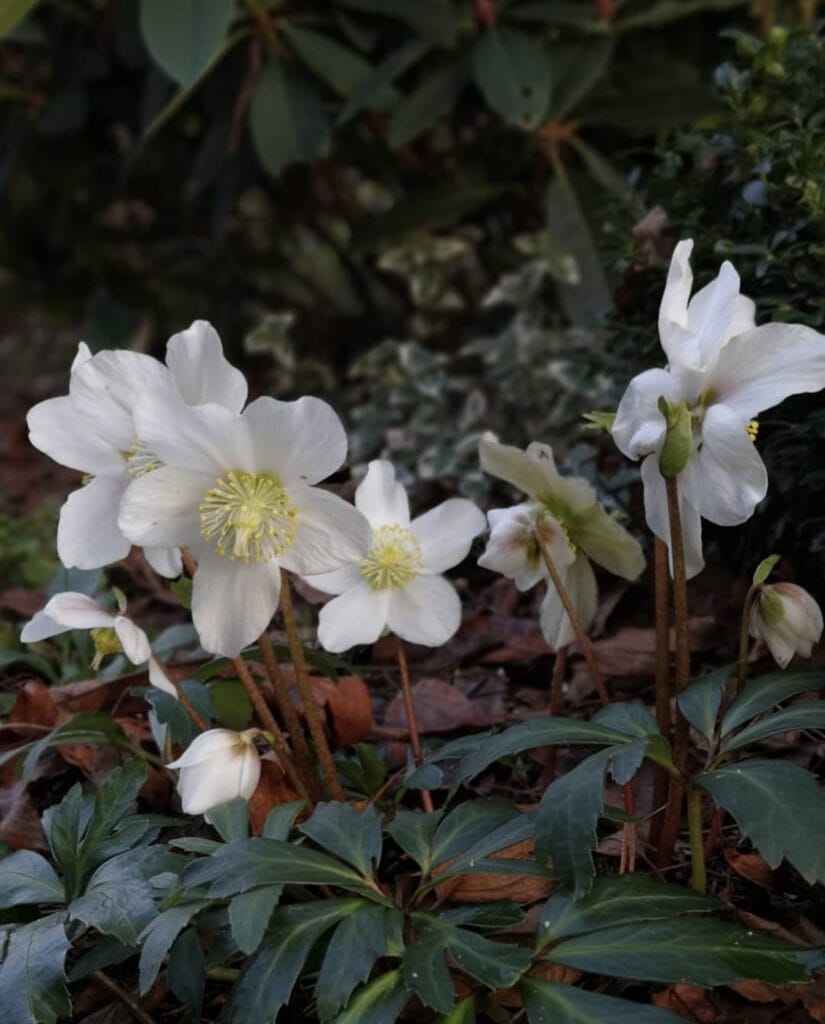
Helleborus niger
Helleborus niger (Christmas rose)
Picked by: Willie Murphy — Pollen Workshop
Hellebores (winter roses) really are a winter garden staple, admired for their resilience and delicate blooms.
Landscape architect Willie Murphy singles out Helleborus niger as a standout:
”The niger winter rose is an easygoing hellebore hailing from the European Alps, and is quite the charmer. Take a moment to appreciate its glossy, dark green foliage that effortlessly shapes a stunning mound.
As late winter rolls in and lingers, it treats us to stems adorned with grand white blooms, occasionally blushing with a touch of pink. This evergreen perennial knows how to find its happy place, thriving in partially shaded areas with well-drained soil.
It holds a special spot for me, being the first hellebore I welcomed when a client introduced it to me about a decade ago. Its enchanting full bloom during the usually uneventful winter season continues to captivate me, even today.”
—
For more information, read our comprehensive guide to growing and caring for hellebores.
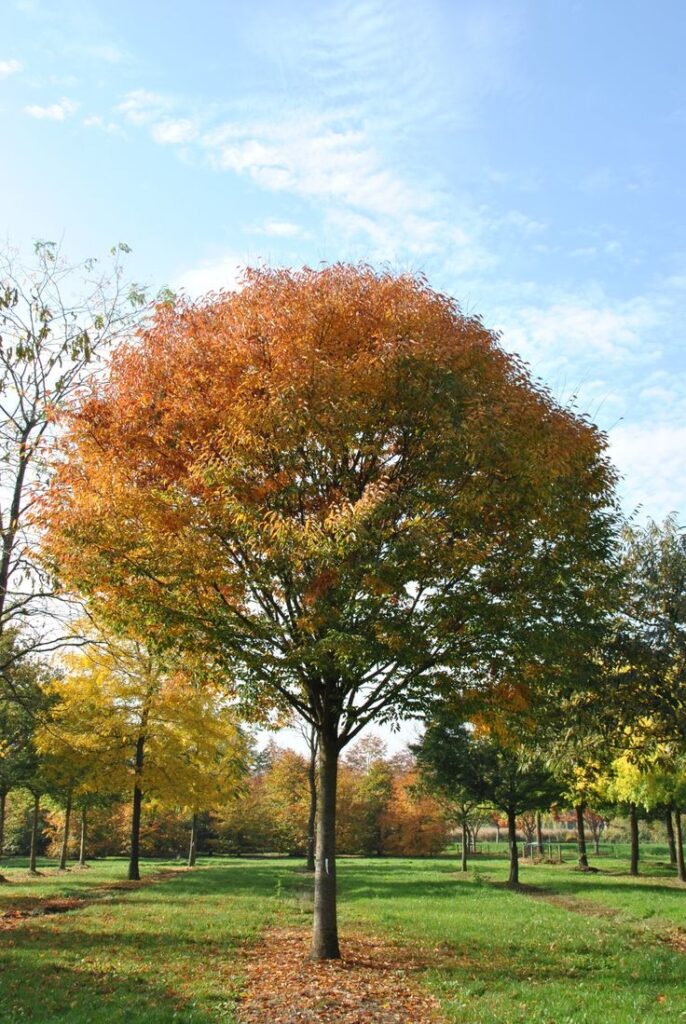
Zelkova serrata (Japanese elm)
Picked by: Jared Lockhart — Jared Lockhart Design
This elegant deciduous tree, native to Japan, Korea and Taiwan, is becoming increasingly popular in New Zealand garden designs — especially for both structure and seasonal interest.
Zelkova serrata is admired for its graceful, vase-shaped form and finely serrated leaves, which turn brilliant shades of yellow, orange and red in autumn before falling. In winter, its greyish bark and sculptural branching pattern provide quiet beauty and structure in the landscape.
Jared says:
“We’ve recently started using these trees in schemes. Their leaves provide a beautiful autumnal colour as the leaves change from green to red/orange.”
He also recommends pairing deciduous trees and plants (like Zelkova serrata) with evergreen elements for seasonal balance:
“Clipped or loose mounds of evergreen shrubs anchor a garden through the winter months when the surrounding plants are dormant. Or you can even use them on their own.”
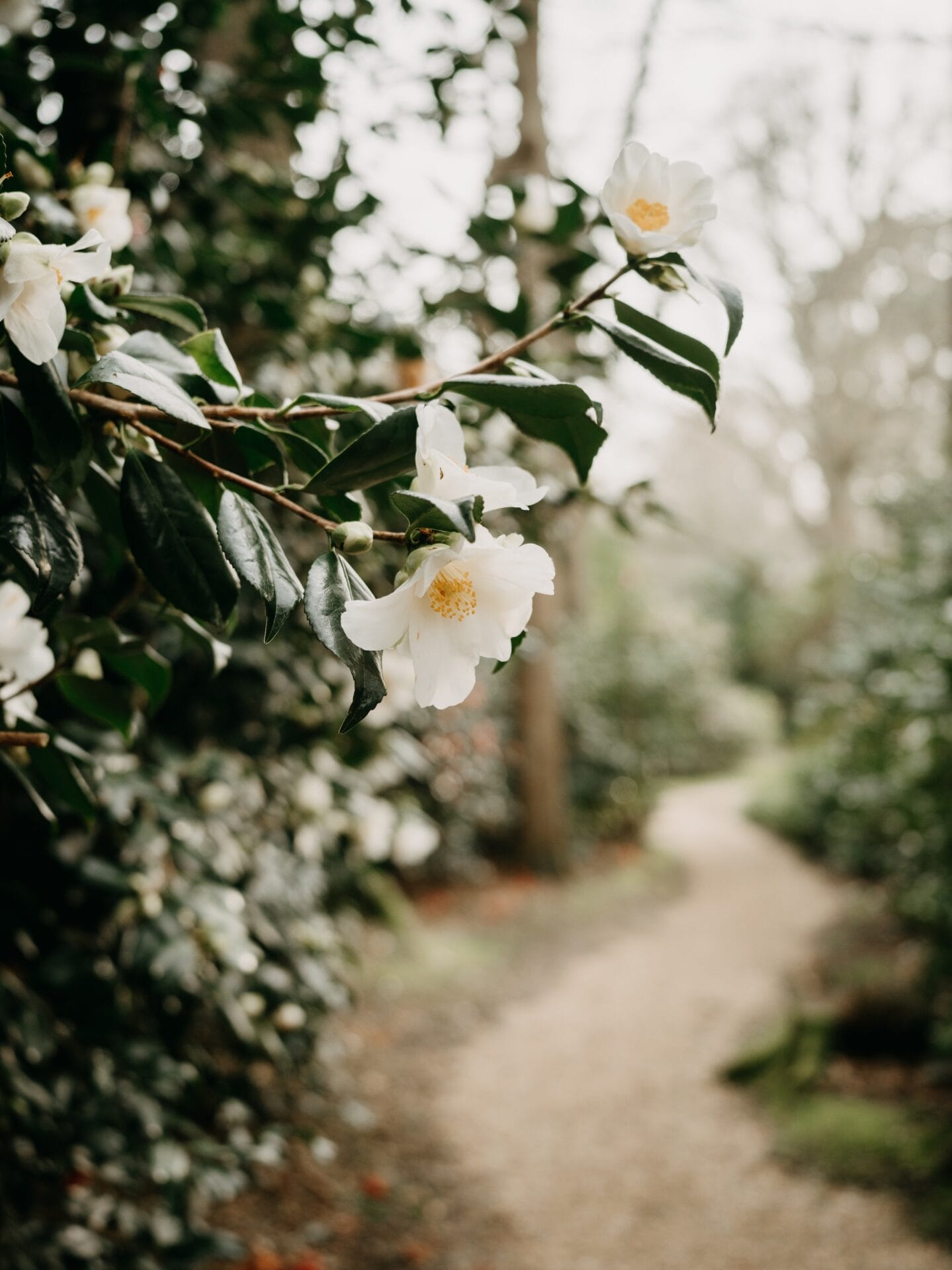
Camellia Sasanqua ‘Setsugekka’
Picked by: Naomi Gotto Garrett
Camellias are a cornerstone of many New Zealand gardens, and Camellia sasanqua varieties — including the popular ‘Setsugekka’ — are especially loved for their elegance and versatility.
‘Setsugekka’ produces large single white blooms with bright golden stamens from late autumn through winter, bringing a little bit of joy to the cooler months. Its glossy, dark green foliage provides year-round structure, making it as useful as it is beautiful.
In New Zealand, Camellia sasanqua thrives in well-drained, slightly acidic soil (does not like clay soils!) and does well in sun or part shade. It’s notably more tolerant of sun and drier conditions than Camellia japonica. ‘Setsugekka’ can be used as a feature plant, clipped into a formal hedge or grown in containers.
Naomi Gotto Garrett shares her connection to this standout variety:
Landscape designer at MacRae Landscape Design, illustrator and gardening columnist Naomi Gotto Garrett shares her connection to this camellia variety:
“This is a fabulous plant all year round. In autumn and winter it has large single white flowers with golden yellow stamens. Not only is it a beautiful plant for hedging, espalier and as a feature in the garden, but I love the beauty of the name.
‘Setsu’ means snow and ‘gekka’ means lit by moonlight. The name ‘setsugekka’ means snowy white flower illuminated by moonlight. Knowing the meaning makes the flower even more attractive!”
—
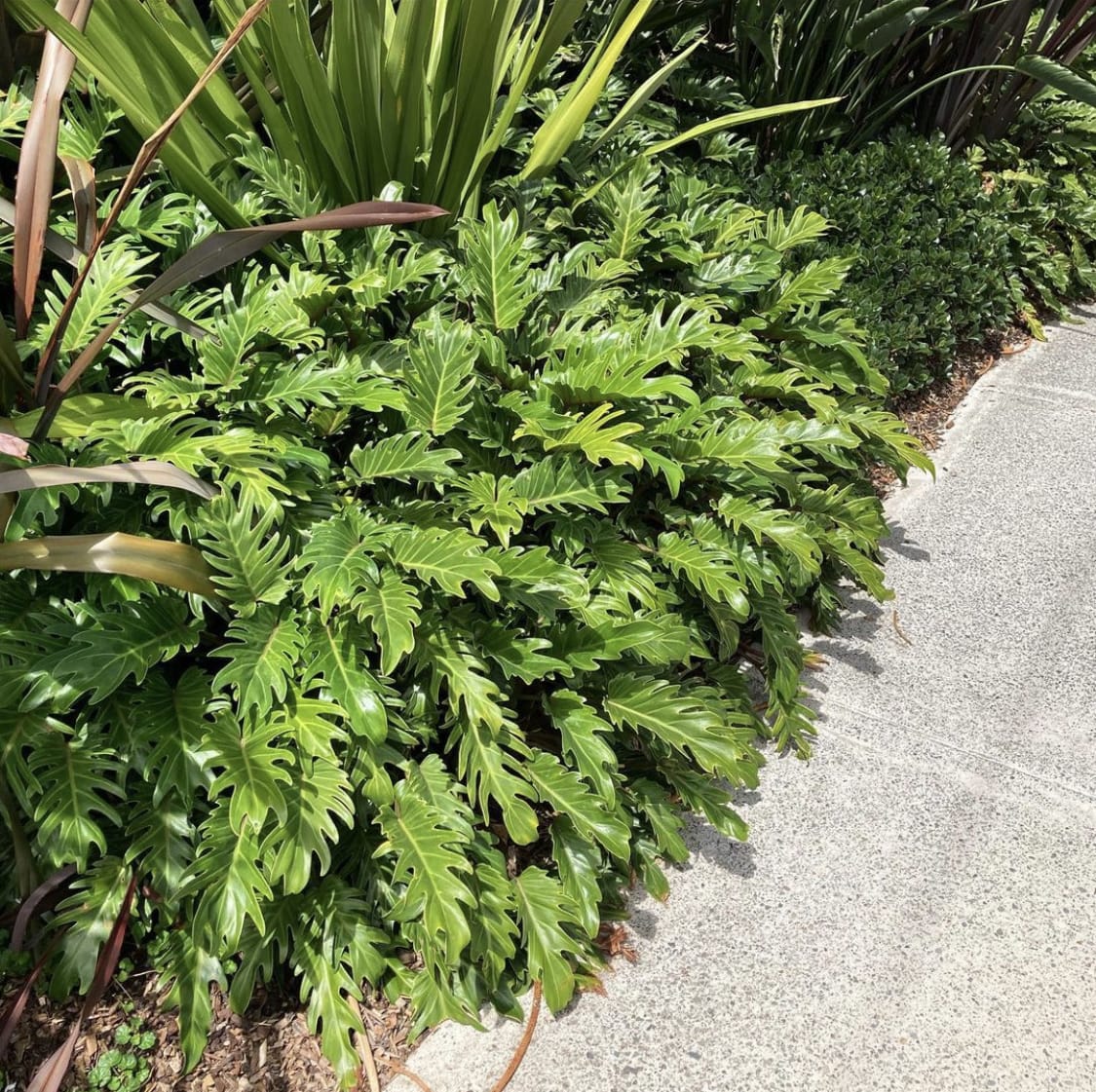
A winter plant lineup
Picked by: Sean Parker — PARKER
New Plymouth-based landscape architect Sean Parker shares a generous list of his seasonal favourites — plants that bring structure, colour, fragrance and surprise to winter gardens:
- Michelia doltsopa ‘Silver cloud’ — Often flowering in late winter (or even early winter sometimes!) Has a wonderful fragrance and mass of white flowers.
- Helleborus orientalis — The classic winter rose is always a nice surprise in the grey winter months. They come in so many colours, and can suit most gardens if used correctly.
- Camellia spp. — Another hardy favourite that provides beautiful colour in winter.
- Zephyranthes candida (autumn zephyrlily) — These seem to flower off and on all year round, especially after the rain.
- Daphne odora — Daphne produce sweet, highly fragrant blooms. Great for colour, texture and fragrance.
- Cymbidium orchids spp. — Wonderful colour and flowers at the start of winter. (These grow well if their roots are kept restricted in a sheltered and shaded environment.)
- Strelitzia parvifolia (Bird of paradise) — Great for structure and colour over the early winter months.
- Asplenium bulbiferum (Hen and chickens fern) — These native ferns can really thrive on the additional rain from autumn and winter and are great to see after a hot summer.
- Philodendron xanadu — Great to add foliage interest when some other plants aren’t looking their best.
- Luculia spp. — Another small tree with beautiful fragrance and flowers.
- Citrus spp. — The humble lemon and lime can also add much needed pops of colour, fragrance and of course the fruit for your winter bevy or roast chicken.
- Rosmarinus prostrate (Creeping rosemary) — A tight forming ground cover that provides fresh herbs all year round and is great at keeping the weeds away. Also good for the bees.
—
Winter gardens don’t have to be bare. With thoughtful planting — from evergreens and structural grasses to flowering trees and fragrant underplantings — they can be full of interest and joy. The designers featured here prove that with the right plants, even the quietest season can sing.

